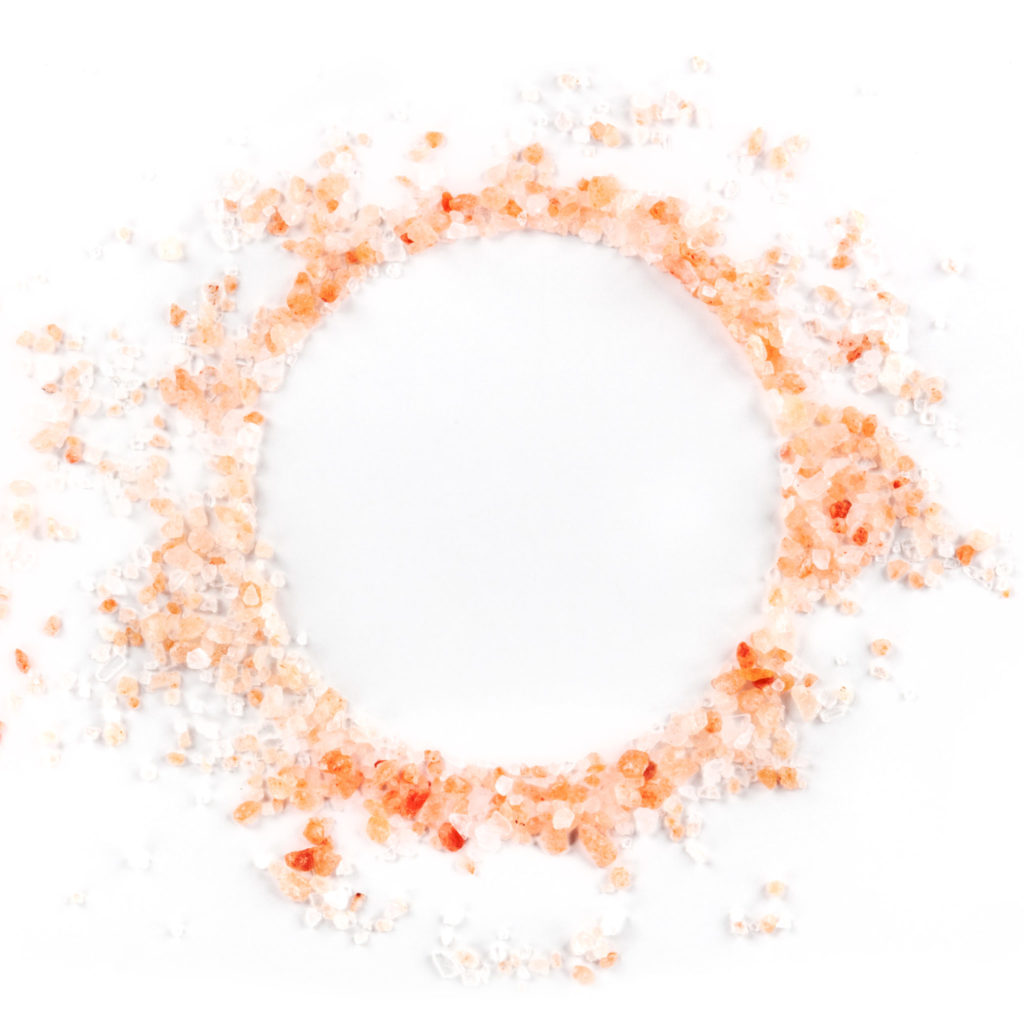
Imagine yourself relaxing in a cozy spa-like setting. You close your eyes as gentle music plays softly in your ears and comforting aromas linger in the background. If this scene sounds like your average nail salon, day spa or therapist’s office, think again. The scents that infuse the space around you are not those of vanilla or lavender, lemongrass or eucalyptus. Instead, you detect the undeniable, savory notes of sweet’s loyal companion and ocean’s pucker-inducing aftertaste: salt.
Salt therapy, also known as halotherapy, has gained popularity in recent years as we’ve come to embrace the age of self-care and seek different avenues of relaxation and restoration. But this unique therapy can trace its roots back to the early 19th century in Poland’s and Russia’s salt mines.
During the 1830s, a physician in a Polish mining town noticed that the miners not only were immune to the respiratory problems commonly associated with mining, but also enjoyed fewer incidences of asthma, allergies and colds than their peers. After observing that these individuals derived such benefits from the daily inhalation of salt dust, the physician began inviting his respiratory patients to go into the mines for treatment.

Today, salt therapy is common across Europe and is becoming more accepted as a complementary health treatment in North America. After speaking with Nikki D’Antoni, MS, a certified health coach of The Salt Sanctuary of Maryland, and Tom Ingegno, DACM, MSOM, LAC, of Charm City Integrative Health, I wondered if salt therapy was the missing piece of my self-care
regimen—one that includes meditation, yoga, golden milk, walks with my dog and a steady rotation of books that goes beyond the limit of what I can read at a time.
Over the course of a salt therapy session (typically 30 to 45 minutes), microfine salt particles circulate through the air. As you inhale, these particles attach themselves to mucous and membranes in your airway. “This (process) not only dries out the mucous but reduces inflammation of the tissue, allowing you to breathe clearer and deeper (while) getting more oxygen into your body, which helps power every cell,” Ingegno explains.
While one may feel some improvement after one session, a course of treatments is often necessary to reap long-term benefits. Salt therapy primarily aids the respiratory system and touts other advantages, including downstream effects of improved respiratory function. “The stress response is also often modulated through the deeper inhalation and focused breathing promoted by salt therapy,” says D’Antoni. “There is plenty of evidence that decreased stress reduces cortisol, decreases systemic inflammation, improves both sleep and immune function and boosts overall well-being.”

Salt therapy might kill certain bacteria in the airway as well, notes Ingegno. “This (effect) accounts for part of the immune-boosting effects of the therapy.” While people mostly seek treatment for respiratory health, salt therapy might also be good for the skin. “Some people use the therapy for eczema and acne,” he adds.
Salt therapy is suitable for people of all ages. While neither clinic treats animals, Ingegno suspects that it may even boost the health of pets with respiratory issues.
Is there anyone who shouldn’t give salt therapy a try? “People with advanced COPD (chronic obstructive pulmonary disease) and those requiring oxygen will have a harder time participating, as their lung function may be so compromised that expelling the mucous is exhausting and difficult,” D’Antoni cautions. “Anyone with a contagious condition such as a cold or the flu should also avoid salt therapy while sick.” Ingegno suggests that it’s not a bad idea to speak with your health-care provider, especially if you have any concerns.
Salt therapy is not known to have any harmful side effects, other than tasting a little salt on the tongue after a session, says D’Antoni, who notes, “It’s really not that bad!” While many people are concerned about seeing extra salt in blood tests, that effect doesn’t seem to be the case when you inhale the salt, Ingegno asserts. D’Antoni says that individuals ask whether salt therapy will increase one’s blood pressure.
“The answer is no,” she says. “It cannot do this as the salt is not ingested. This (therapy) is a safe modality for individuals with hypertension, and the relaxation is often very helpful to them.”
Both practices offer an integrative approach, personalizing each guest’s experience based on one’s health needs. “While different diseases can affect the body in many different ways, using a whole-being approach of reducing stress, improving blood flow, reducing inflammation and regulating immune system function can vastly improve many conditions,” says Ingegno.
While salt therapy may not cure all ailments or magically sweep away stresses, you may want to journey into this expanding realm of body-mind healing modalities.
Learn More About Salt Therapy
Charm City Integrative Health
907 S. Lakewood Ave.
Baltimore, MD 21224
443-869-6584
charmcityintegrative.com
The Salt Sanctuary of Maryland
6020 Meadowridge Center Drive, Suite T
Elkridge, MD 21075
410-799-7699
saltsanctuarymd.com




